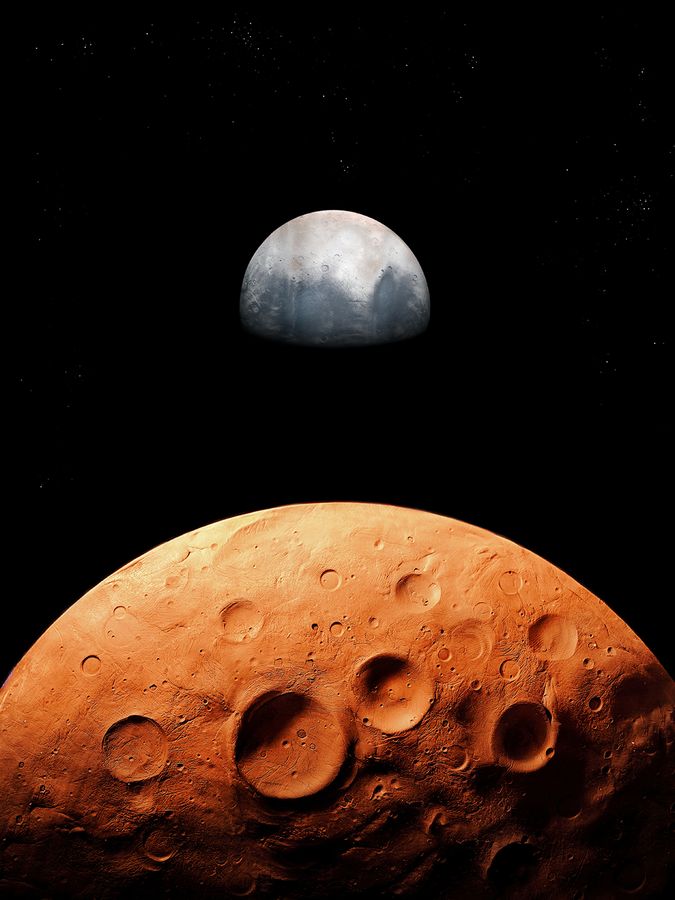
Is atmosphere still present on Mars? Experts say Red Planet is hiding it in plain sight
Produced by: Tarun Mishra Designed by: Manoj Kumar


New Research on Mars’ Atmosphere
A recent study suggests that Mars’ atmosphere may have been absorbed by minerals in the planet’s clays, potentially explaining the loss of its ability to support life.

Early Mars Wasn’t Always Barren
Mars is believed to have had liquid water over 3 billion years ago, implying the presence of a thicker atmosphere that could prevent water from freezing. However, the disappearance of this atmosphere has long been a mystery.

Mars’ Atmosphere Absorbed by Clays
Researchers from MIT propose that atmospheric carbon dioxide on early Mars may have reacted with minerals, creating methane and locking up the gas in smectite clays found on the surface.

Findings Linked to Earth Processes
The study began with observations on Earth, where smectite clay traps carbon dioxide in its folds. Scientists suggest a similar process may have occurred on Mars, trapping large amounts of carbon dioxide in the planet’s clays.

Role of Water in Creating Smectites
On Mars, ancient water may have flowed through ultramafic rocks, reacting with minerals like olivine. These reactions could have released hydrogen, bound to carbon dioxide, creating methane and eventually forming smectite clays.

Potential for Mars’ Methane Storage
The study estimates that Mars may have been covered with a layer of smectite over 1,100 meters deep, storing enough methane to account for a significant portion of its initial carbon dioxide.
Credit : NASA

Mars’ Red Color Explained
As water interacted with olivine, the released oxygen could have reacted with iron, contributing to Mars’ distinctive red color, while the remaining hydrogen formed methane, which was stored in the planet’s clay.

Implications for Future Exploration
The study opens new avenues for understanding Mars’ geological history and the potential for future resource utilization, such as methane, which could be an energy source for future missions. This research was published in *Science Advances* on September 25, 2024.